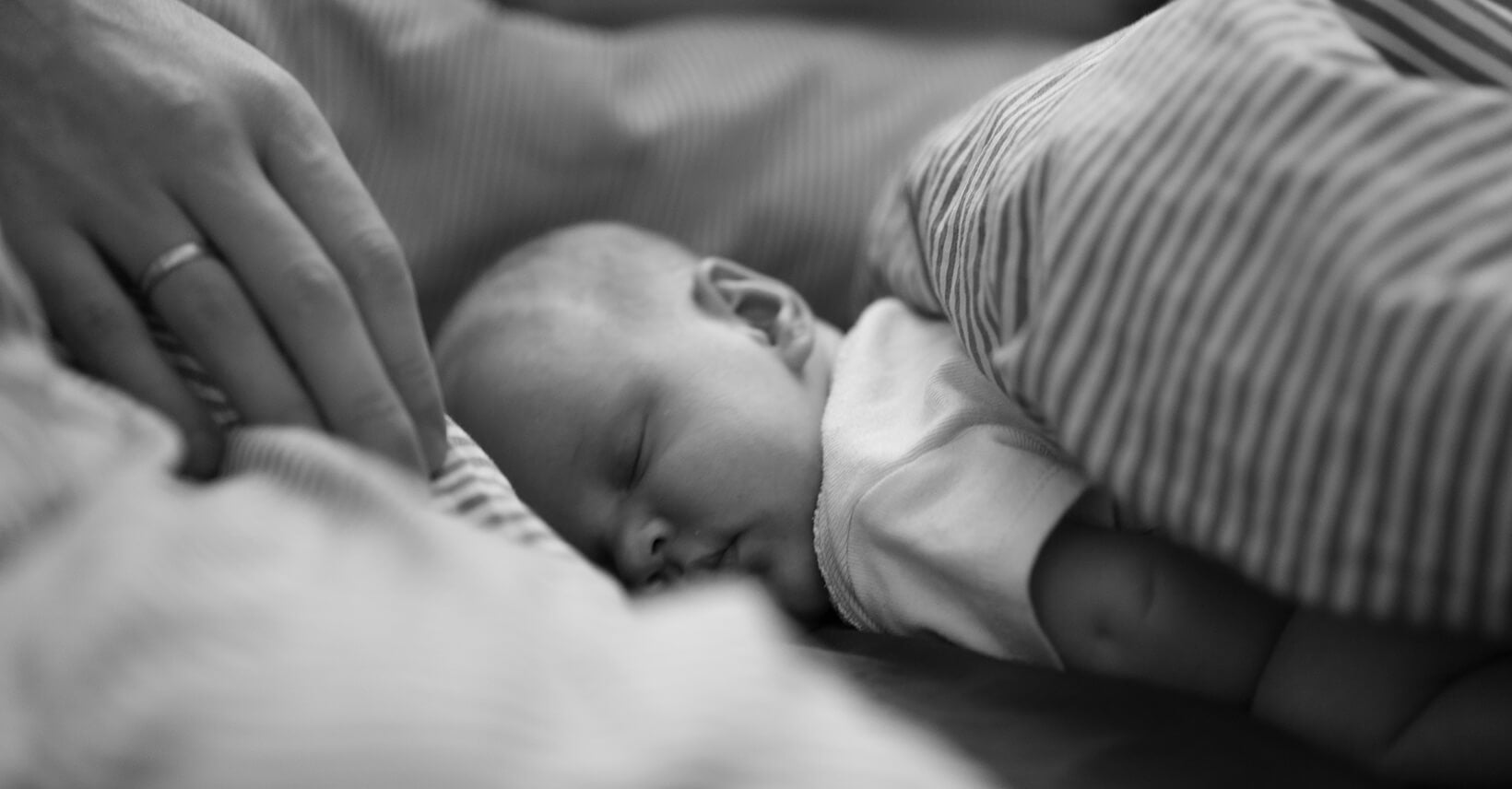
How To Sleep Train a 1 Year Old?
For parents or caregivers, how to navigate sleep training for a one-year-old baby can be a challenge. babies are developing rapidly at this critical age, and establishing healthy sleep habits is essential to their overall well-being. In this guide, you'll find practical strategies and gentle sleep training ways to help your baby learn to sleep soundly, ensuring that both you and your little one can enjoy the benefits of a good night's sleep.
- What is sleep training?
- When to start sleep training?
- How to sleep train a 1 year old?
- How long does sleep training take?
- Conclusion
What is sleep training?
Sleep training is a method used by parents or caregivers to help infants and toddlers learn to fall and stay asleep on their own. It involves establishing a consistent bedtime routine and teaching the baby to self-soothe without relying on outside help such as rocking or nursing to fall asleep.
The goal of sleep training is to promote healthy sleep habits for both babies and parents and to help them have longer periods of uninterrupted sleep.
When to start sleep training?
Deciding when to start sleep training depends on the individual baby and whether they are ready for it.
In general, most experts recommend starting around 4-6 months of age, when babies begin to develop more predictable sleep patterns and can learn to self-soothe.
At this age, babies are usually out of the neonatal stage and are better able to regulate their sleep-wake cycles. Starting sleep training early can help establish healthy sleep habits before your baby develops negative sleep associations. However, it is important to consider each baby's unique needs and readiness before beginning training.

How to sleep train a 1 year old?
Here's a complete guide on how to sleep-train a one-year-old:
Assess readiness:
Assess your baby's readiness before beginning sleep training. Most one-year-olds are developmentally ready for sleep training, but individual needs and readiness must be considered.
Establish a consistent bedtime routine:
Establish a bedtime routine that calms your baby and signals to him or her that it's time to go to bed. This routine may include activities such as:
Bath time: Start the bedtime routine with a warm bath. This helps your baby relax and signals that it's time for bed.
Pajamas, sleep sacks, and diaper changes: After the bath, dress your baby in comfortable pajamas or cozy sleep sacks and change diapers if necessary.
Quiet play: Engage in quiet and calming activities with your little one, such as reading a book or singing a lullaby softly. Avoid stimulating activities that make it difficult for your baby to calm down.
Dim the lights: Dim the lights in the room to create a calm and soothing environment. Dimming the lights helps signal to your baby that it's time to go to bed.
Breastfeed: If your baby is still breastfeeding or bottle-feeding, give him or her one last feeding before putting them to bed. Feed calmly and gently to avoid over-stimulating your baby.
Bedtime snuggles: Spend some quiet time cuddling your baby to give them comfort and reassurance before putting them to sleep.
Putting in a crib or bed: Once your baby is drowsy but still awake, put them in their crib or bed. Give them a preferred blanket or stuffed animal to encourage them to self-soothe.
Goodnight kisses: Gently give your sweetie a goodnight kiss and leave the room quietly.
Create a comfortable sleep environment:
Make sure your baby’s sleep environment is conducive to restful sleep. This includes a comfortable mattress, appropriate room temperature, and minimal distractions.
Set a consistent bedtime:
Choose a consistent bedtime and stick to it every night. Consistency helps regulate your baby's internal clock and establishes predictable sleep patterns.
Encourage self-soothing:
Teach your baby to self-soothe by putting them to sleep while they are drowsy but still awake. This allows them to learn how to fall asleep independently without having to rely on external sleep aids.
Step by step:
If your baby has become accustomed to sleep practices such as rocking or feeding to sleep, gradually wean them off these practices. For example, you can gradually reduce the amount of time your baby is rocked or breastfed before going to sleep.
Be patient and persistent:
Sleep training takes time and persistence. It's important to be patient with your baby and yourself during this process. Persistence is key, so stick with your chosen sleep training method even if it takes a while to see results.
Stay responsive:
While it's important to promote self-soothing, it's also critical to be responsive to your baby's needs during the night. If your little one wakes up crying, provide comfort and reassurance.
Monitor progress:
Track your baby's sleep patterns and progress throughout the sleep training process. Adjust your approach as necessary based on what works best for your baby.
Seek support when necessary:
If you feel overwhelmed or unsure about sleep training, don't hesitate to seek support from a healthcare professional or parenting resource. They can provide guidance and comfort to you and your one-year-old during sleep training.
How long does sleep training take?
The duration of sleep training varies from person to person. Most babies usually need a few days (3-7 days) to a few weeks (1-2 weeks) to adjust to new sleep habits.
Factors such as the baby's temperament, previous sleep habits, and consistency of sleep training methods can affect the amount of time needed. Some babies may improve quickly, while others may take longer to adjust.
Parents need to remain patient and consistent throughout the process. If parents have concerns, or if sleep training is taking longer than expected, it may be helpful to seek advice from a healthcare professional or sleep consultant. Don't worry, with patience and perseverance, most children can gradually develop healthier sleep habits.
Conclusion
In short, sleep training a one-year-old can be challenging. By establishing a consistent bedtime routine and creating a comfortable sleep environment, caregivers can help their little ones develop healthy sleep habits. It is important to remain patient and understanding throughout the process, as each baby is different and may require a different approach.
Most babies can learn to sleep through the night independently. So stay consistent, and finally, you can finish the sleep training.

Yujia Shi
An expert in sleep sack design, is a valued contributor to Kaiya Baby's blog. With a strong background in baby sleep bags and maternal care, she is highly regarded for her professionalism. Yujia Shi prioritizes baby comfort and safety in her designs, using high-quality materials. Her insightful articles on sleep bags have been featured in reputable publications and have gained a significant readership. Trust Yujia Shi to help you create a comfortable and safe sleep environment for your baby, backed by her proven track record in the industry.



Leave a comment
This site is protected by reCAPTCHA and the Google Privacy Policy and Terms of Service apply.